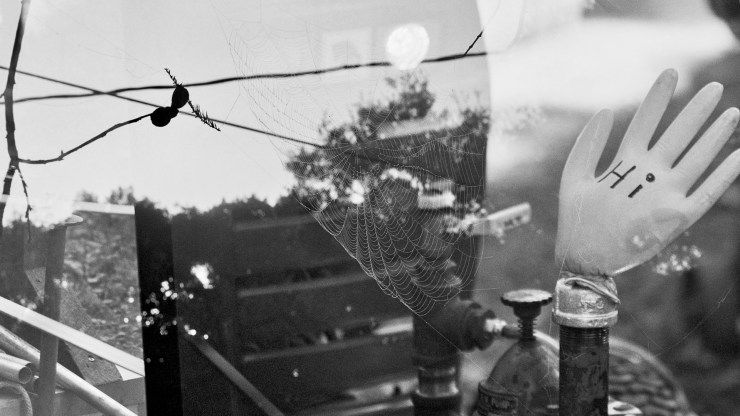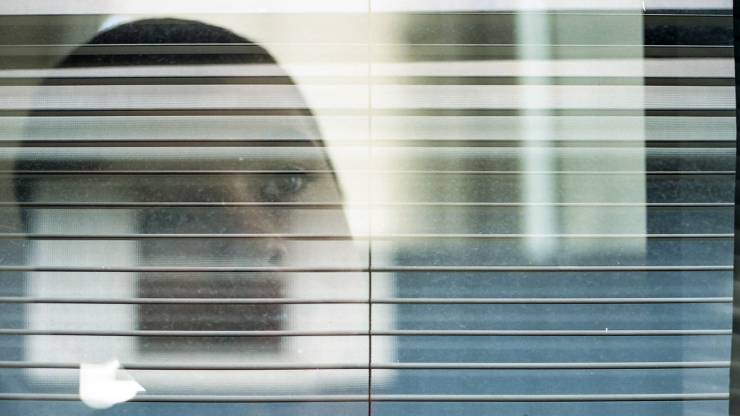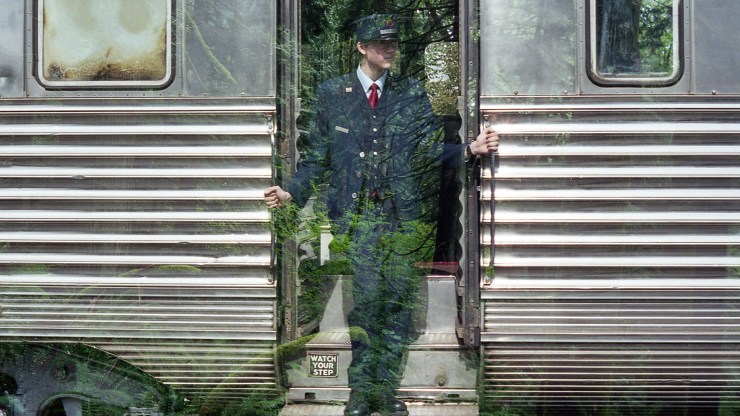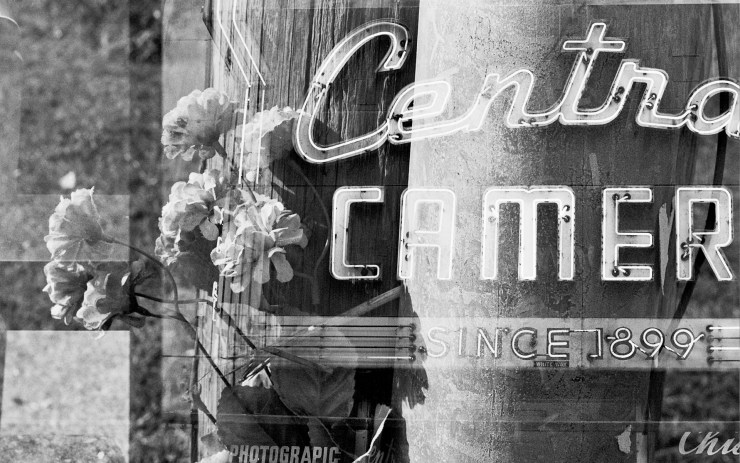There are plenty of articles and videos on personal projects here on Photofocus and how important they are for us to learn, grow and have fun with our photography. I wanted to share a really fun and different project that involves collaborating with other photographers.
Film. Yes, film. It’s popular again, didn’t you know? All the kids are using it. Quite honestly it’s smart to continue shooting film, even after you get that digital camera. It keeps you in that back-to-basics, let’s not forget to slow down and think about what and why we are taking the images we are taking mode, which serves us well in our shooting in general.

Sharing the double exposure project
A friend shared some images he had shot with someone else, and by shot with someone else I mean literally, shot, rolled up the film, left enough film out so the second person could load it in their camera and shoot it again. We’re all familiar with double exposures right? This just takes that concept to a whole other level.
One film. Two photographers. Two subject matters. Two different views of the world. Two different geographic locations. The results can be magical, creepy, artistic and sometimes even unreal.

Shooting the film
There are a couple of things to keep in mind when doing this double exposure project. Before you start, decide if you will both shoot landscape or portrait. It just works better if you keep the orientation the same throughout the whole roll.
Be aware of your whites and blacks when shooting. Too much white will wash out and too much black will cover up the second shooters image. Kind of like Photoshop white reveals, black conceals.
It’s also much more fun to not give any clue to the other person what you shot. Get creative, think about what may be on your roll if you’re the second shooter, compose shots as if there is going to be something else in the frame.
The other thing to remember, if you are shooting first, be careful not to wind the film all the way back in.
.mgl-tiles { display: none; } #mgl-gallery-634efd92f1bba { margin: -5px; width: calc(100% + 10px); } #mgl-gallery-634efd92f1bba .mgl-box { padding: 5px; } @media screen and (max-width: 768px) { #mgl-gallery-634efd92f1bba { margin: -5px; width: calc(100% + 10px); } #mgl-gallery-634efd92f1bba .mgl-box { padding: 5px; } } @media screen and (max-width: 460px) { #mgl-gallery-634efd92f1bba { margin: -5px; width: calc(100% + 10px); } #mgl-gallery-634efd92f1bba .mgl-box { padding: 5px; } }

The Man made vs. Nature element in some of the images makes for an interesting juxtaposition.
Film processing for double exposure
The processing/developing can be done by anyone who still processes film. There is nothing special that needs to be done other than to let whoever is doing the developing know that it’s a double exposure film. The funny thing is, sometimes the frames line up and sometimes they don’t.
Have fun
This project was really fun and something completely different from your typical 365 and weekly themed type projects. You never know what you are going to get and the anticipation is exciting.
It’s been said before but personal projects push us, keep us focused, can help us out of creative ruts and open our eyes to new techniques and possibilities.
Tell your story with the second annual Visual Storytelling Conference!
Experience four days of interactive, online training sessions featuring a range of educational content with experienced photographers and content creators. This free event kicks off with a series of technical boot camps to build essential skills, followed by live, online sessions on photography, video, business and social media. Join live from March 10-13, 2022!
